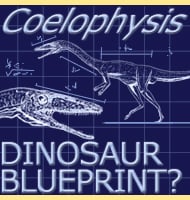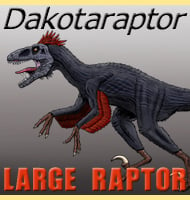Powellvenator
In Depth Powellvenator is a genus of coelophysoid dinosaur that lived in South America during the late Triassic. Further Reading - A New Early Coelophysoid Neotheropod from the Late Triassic of Northwestern Argentina. - Gondwanan Perspectives 54(5):506-538. - M. D. Ezcurra - 2017.

